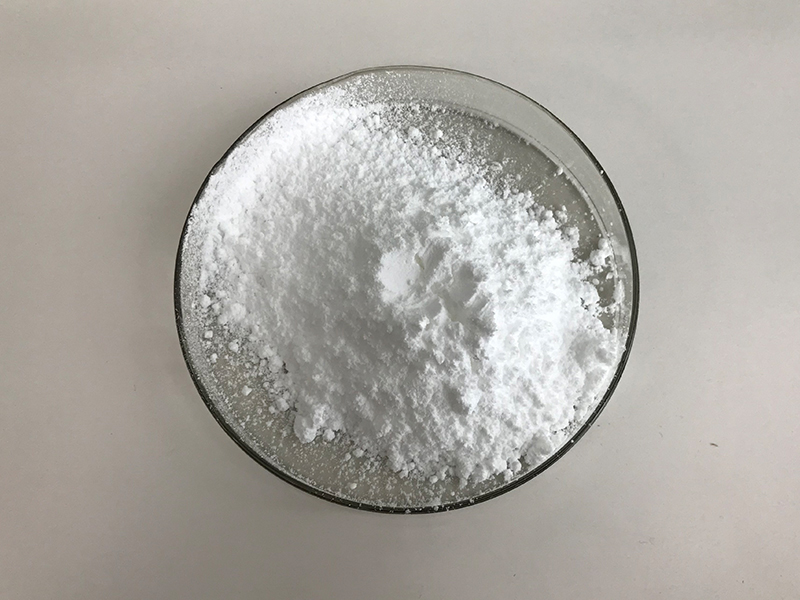Tranexamic acid is a synthetic medication used for various medical purposes. Here’s some information about its origin and properties:
Origin of Tranexamic Acid:
Tranexamic acid (TXA) was first synthesized in the 1960s by Japanese researcher Shosuke Okamoto. It was developed as an antifibrinolytic agent, which means it helps to prevent the breakdown of blood clots in the body. The drug was subsequently marketed under various brand names, including Cyklokapron and Lysteda.

Properties of Tranexamic Acid:
Antifibrinolytic: Tranexamic acid primarily works as an antifibrinolytic agent, meaning it helps to prevent the premature breakdown of blood clots. This property is especially useful in medical situations where excessive bleeding is a concern.
Hemostatic: Tranexamic acid promotes blood clotting by inhibiting the activity of plasmin, an enzyme that breaks down fibrin, a protein involved in blood clot formation. By inhibiting plasmin, Tranexamic acid helps stabilize blood clots.
Anti-inflammatory: Tranexamic acid has also been found to have anti-inflammatory properties. It can help reduce inflammation in various medical conditions, such as joint inflammation in osteoarthritis.
Topical and Systemic Formulations: Tranexamic acid is available in various formulations, including oral tablets, injectable solutions, and topical preparations. Topical formulations are used in skincare to reduce pigmentation, such as melasma, by inhibiting the production of melanin.
Surgical and Medical Uses: Tranexamic acid is commonly used in surgery, particularly in orthopedic and cardiac procedures, to reduce bleeding. It is also employed in trauma situations, such as major accidents and injuries, to control bleeding. Additionally, it is used in menorrhagia (excessive menstrual bleeding) and in the treatment of conditions like hereditary angioedema.

Side Effects: Like any medication, tranexamic acid can have side effects. Common side effects include gastrointestinal issues (e.g., nausea, diarrhea), headache, and dizziness. In rare cases, allergic reactions can occur.
Contraindications: Tranexamic acid is not recommended for individuals with a history of blood clots or those with certain medical conditions, like a history of seizures.
It’s essential to use tranexamic acid under the guidance of a healthcare professional, as its usage can vary depending on the medical condition being treated. The dosages and administration route will differ based on the specific needs of the patient. Always consult a healthcare provider for proper guidance and information about the drug’s potential risks and benefits.
